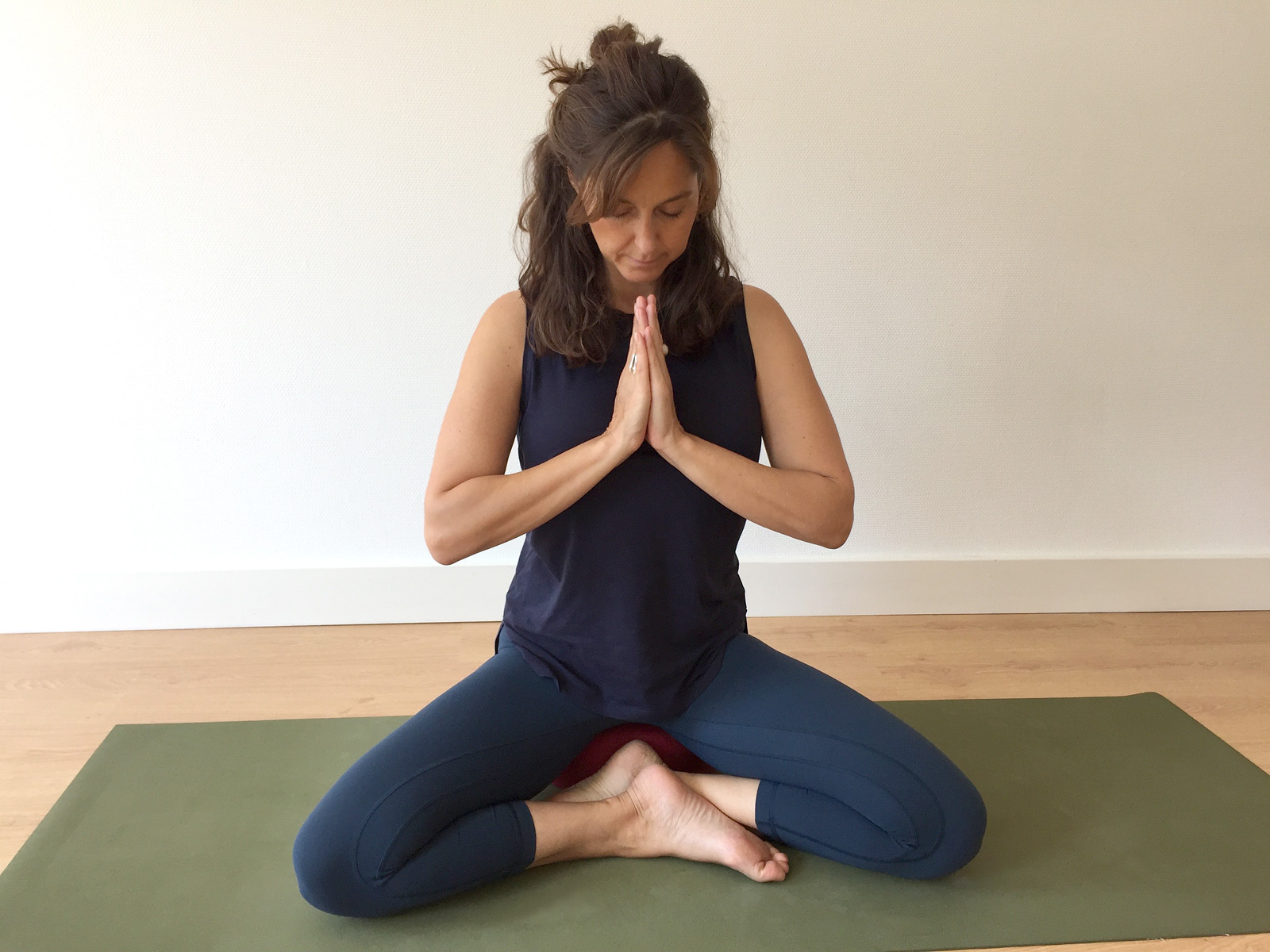Trauma-Sensitive Yoga is a practice created by David Emerson as an additional treatment for Complex Trauma and PTSD by using trauma-sensitive movements that resemble some yoga postures.
Some of the benefits of practising Trauma-Sensitive Yoga are as follows:
-
Learn to be Present
The practice of Trauma-Sensitive Yoga might be useful to learn to be present and to learn to be in the moment. When trauma is experienced in your body, it is possible that you have flashbacks that cause you to be in the past and may cause you to feel fear for the future. This means that experiencing the present moment can be incredibly challenging. By practicing Trauma-Sensitive Yoga, you might experience your ability to be present.
-
Practice Making Choices
When you practice Trauma-Sensitive Yoga, you might notice the facilitators offerings of different possibilities for all the movements. There is a possibility than to be able to choose with your body. This makes that you may be able to practice making choices with your own body during the practice.
-
Sensing Your Environment
At the start of the practice and at the end of the practice, the facilitator gives you the choice to look around the room that you practice in, and perhaps this makes it possible for you to feel your environment and surroundings in the present moment.
-
Increasing and Decreasing the Intensity in Muscles
When you experience unsafe environments and feelings of anxiety, it is possible that your muscles feel tense. Your body might be responding to your environments by tightening up more. During the practice of Trauma-Sensitive Yoga, it is a possibility that you may experience your muscles.
-
Connecting with Your Body and Your Surroundings Through Breath
Breathing can be a challenging task, it can give you the opportunity to notice the sensations that might be happening in your body. Those sensations can give us information that might feel uncomfortable or painful. You can also notice sensations such as calmness or warmth. By having the choice to connect breath to your movements, you might be able to experience and notice some of the information stored in your body. When you experience the present moment, it helps you to not be distracted by a reminiscent of the past or worries of the future.

Leave A Comment